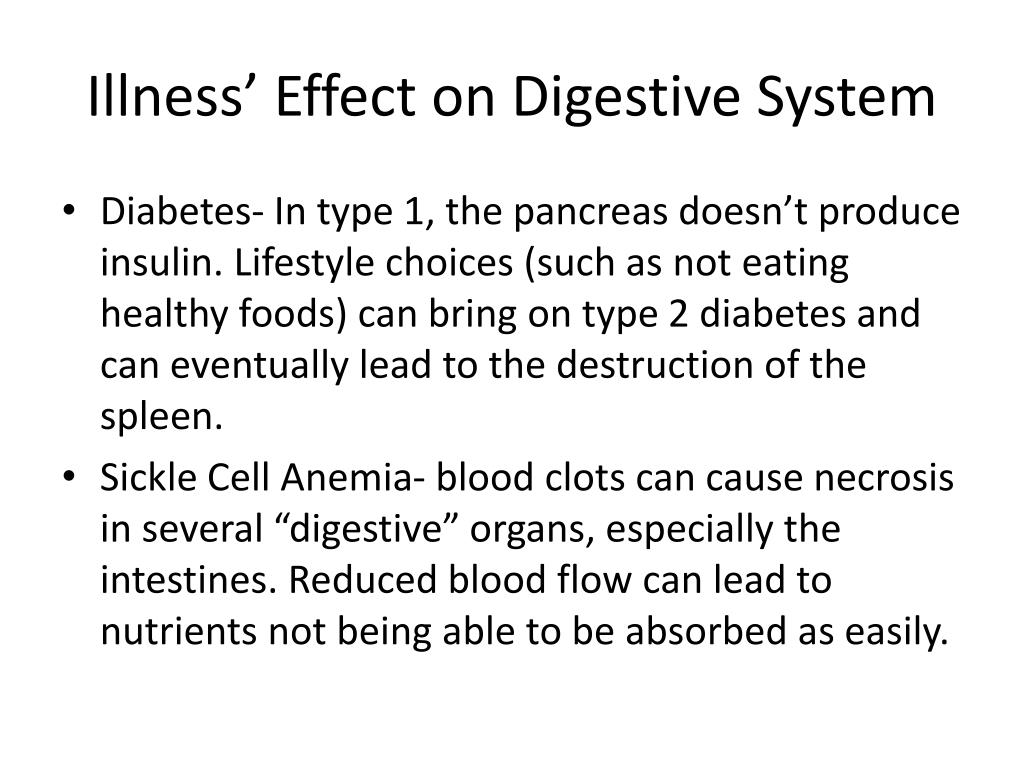
The villi also contain structures called lacteals, which you can see in Figure 2 represented by green lines.

The wall is highly folded into these structures called villi (singular: villus), which you can see in Figure 2.Ĭapillaries are small blood vessels that connect arteries to veins and form networks around the body tissues to exchange gases and other materials. There are finger-like protrusions along the wall of the ileum, the final section of the small intestine, that increase the surface area even further to about 10 square metres. Its huge length provides a very large surface area across which nutrients can be absorbed. The small intestine is adapted for efficient absorption in several ways. The fatty acids and glycerol molecules from lipid digestion can be built up into different lipid molecules to create membranes and insulating materials. This energy may also be stored in a different form to be used later. The simple sugars from carbohydrate digestion are used as an energy source in respiration. The small intestine absorbs the products of digestion into the cells of the intestinal wall so they can be transported to the cells of the body to carry out key processes.įor example, the amino acids from protein digestion are used by body cells for growth and repair. Until this stage, food has been traveling through the digestive tract, called the alimentary canal, but has not entered any body cells. The majority of chemical digestion occurs in the small intestine, as proteins, carbohydrates, and lipids are all digested by enzymes there. The small intestine is a long tube located in the abdomen. Let’s focus on the structure and function of the small intestine. The main accessory organs in the human digestive system are the salivary glands, pancreas, liver, and gallbladder. Any organ that plays a role in digestion but does not encounter the food itself is called an accessory organ. You may have noticed that not all of the organs in Figure 1 had food pass through them. The main organs that carry out the digestive processes can be seen in Figure 1, where the direction that food travels in is marked with blue arrows.Įgestion is the process by which undigested waste is removed from an organism.

Let’s look at the journey that food takes through the digestive system to reach the intestines. Therefore, the primary purpose of digestion in the human body is to break down large molecules into smaller soluble ones that can be absorbed by the body. Instead, digestion provides small soluble molecules for the body to use. This is not a process carried out by the digestive system and so is not the primary purpose of digestion. The process of maintaining a constant internal environment is called homeostasis. Therefore, digestion does not regulate cellular metabolism and respiration. The majority of digestion in the human body, however, occurs outside the cells, in the hollow tubes of the alimentary canal that leads from the mouth, where food is ingested, all the way to the anus, where undigested food is egested as feces. There are also enzymes involved in most other metabolic reactions in cells, such as in respiration. There are many enzymes involved in the process of digestion, which act to break down large molecules into smaller ones. It is the role of the nervous system, not the digestive system, to coordinate and control the body’s responses to internal and external stimuli.

Once they reach the body cells, these small molecules can be built up into many different larger molecules to play various vital roles. The blood is the main fluid that transports nutrients, such as simple sugars and amino acids, and oxygen to the cells of the body requiring them. This process is really important, as it means that the molecules are in a form small enough to be absorbed into the bloodstream. To maintain a constant internal environmentĭigestion is the process by which large molecules are broken down into smaller ones, which can be absorbed and used by the body.To regulate cellular metabolism and respiration.To coordinate and control the body’s responses to internal and external stimuli.To break down large molecules into smaller, soluble ones that can be absorbed by the body.To transport essential nutrients and oxygen around the body.What is the primary purpose of digestion in the human body? Example 1: Describing the Purpose of Digestion


 0 kommentar(er)
0 kommentar(er)
